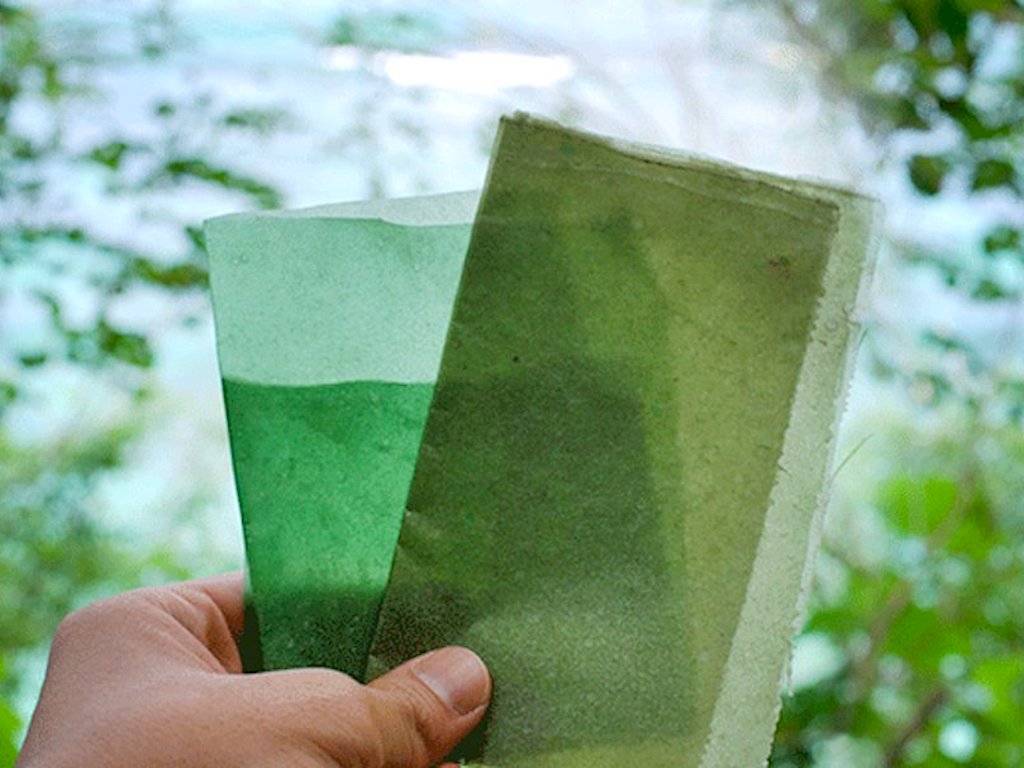3 Mins Read
From edible coffee cups to food containers and bags, Indonesia wants to replace plastic with bioplastic alternatives made from seaweed. Currently, the country is the world’s second largest producer of seaweed behind China, making about 8 million tonnes a year. But faced with overwhelming amounts of plastic pollution on its shorelines and the global climate crisis, Indonesia wants to ramp up seaweed production even more as part of its nationwide plan to fight both environmental issues.
Indonesia is inundated with plastic waste. It is the world’s second biggest contributor to plastic waste after China, responsible for about 15% of all the plastic pollution in the ocean. Consumption continues to be on the rise, and compounded by China’s ban on plastic imports since late 2018, Southeast Asian nations such as Indonesia are fast becoming the dumping ground for the world’s contaminated waste.
The country is also a major contributor of greenhouse gases, the fifth largest in the world, mainly due to rampant deforestation and clearing of carbon-rich peatlands. But while all regions of the world will feel the impact of unchecked greenhouse gas emissions, Indonesia and much of Asia will bear the brunt of the climate burden in the near future. With 81,000 kilometres of coastline and 42 million people living on low-lying land areas, Indonesia is among some of the world’s most vulnerable countries to sea level rise due to global heating.
Now, local governments in Indonesia are turning to seaweed as a potential solution to both plastic waste and climate change. In Nusa Lembongan, southeast of Bali island, the authorities are looking to employ an additional 100 seaweed farmers. The government program will hand out 2 acres per farmer to grow seaweed.
In addition to growing quickly, around 30 to 60 times faster compared to land-based plants, the process of growing algae acts as a carbon sink. It sequesters carbon by absorbing carbon dioxide from the atmosphere and from water to grow, and then is harvested and can be used in various products – like bioplastic.
While seaweed plastic has yet to be adopted by large corporations, a number of sustainability-minded startups in Indonesia have already begun using seaweed to replace conventional single-use products and packaging. Jakarta-based Evoware, for instance, makes edible seaweed cups, edible food wrapping and single-use sachets.
In doing so, seaweed can become an eco-friendly substitute for many plastic products that are currently considered of too low-value to collect, let alone recycle. Over time, these left behind pieces of plastic break into smaller plastics known as microplastics, which carry toxins that can contaminate soil and waterways. These contaminants from microplastics are persistent, and research has shown that it can travel through air and water over long distances, and even accumulated in animal tissue – including humans.
Indonesia isn’t the only country who is now turning to seaweed as an environmental solution. In the Philippines, a young scientist has decided to combine seaweed with mango, a locally abundant fruit, to create a new biopolymer that can fight both plastic waste and another planetary issue – food waste. Denxybel Montinola’s proprietary blend can mimic the mechanical strength of conventional plastic while being more robust and flexible, which potentially makes it useful in medicine too as a scaffolding layer to stop localised bleeding.
Lead image courtesy of Evoware.




